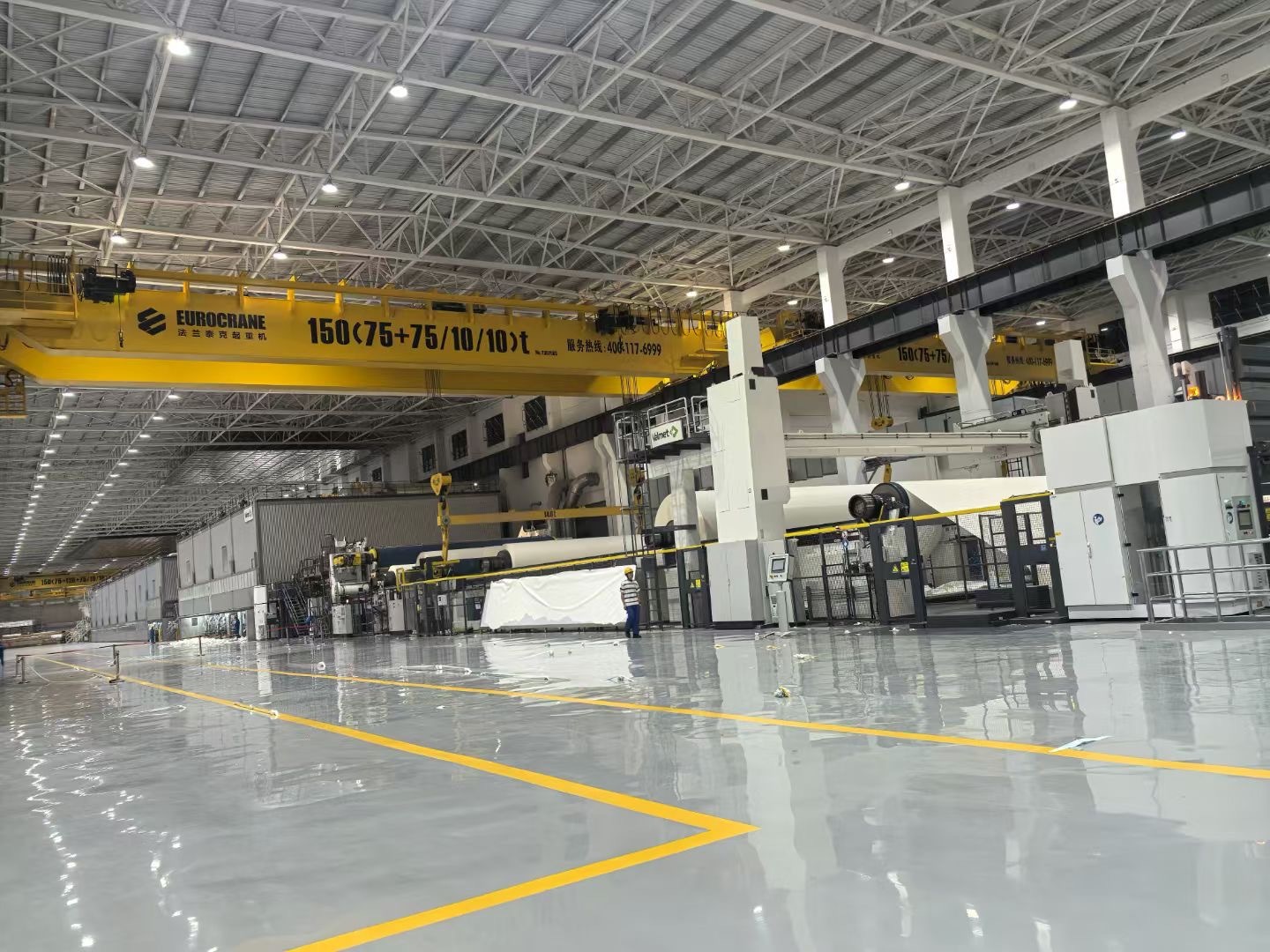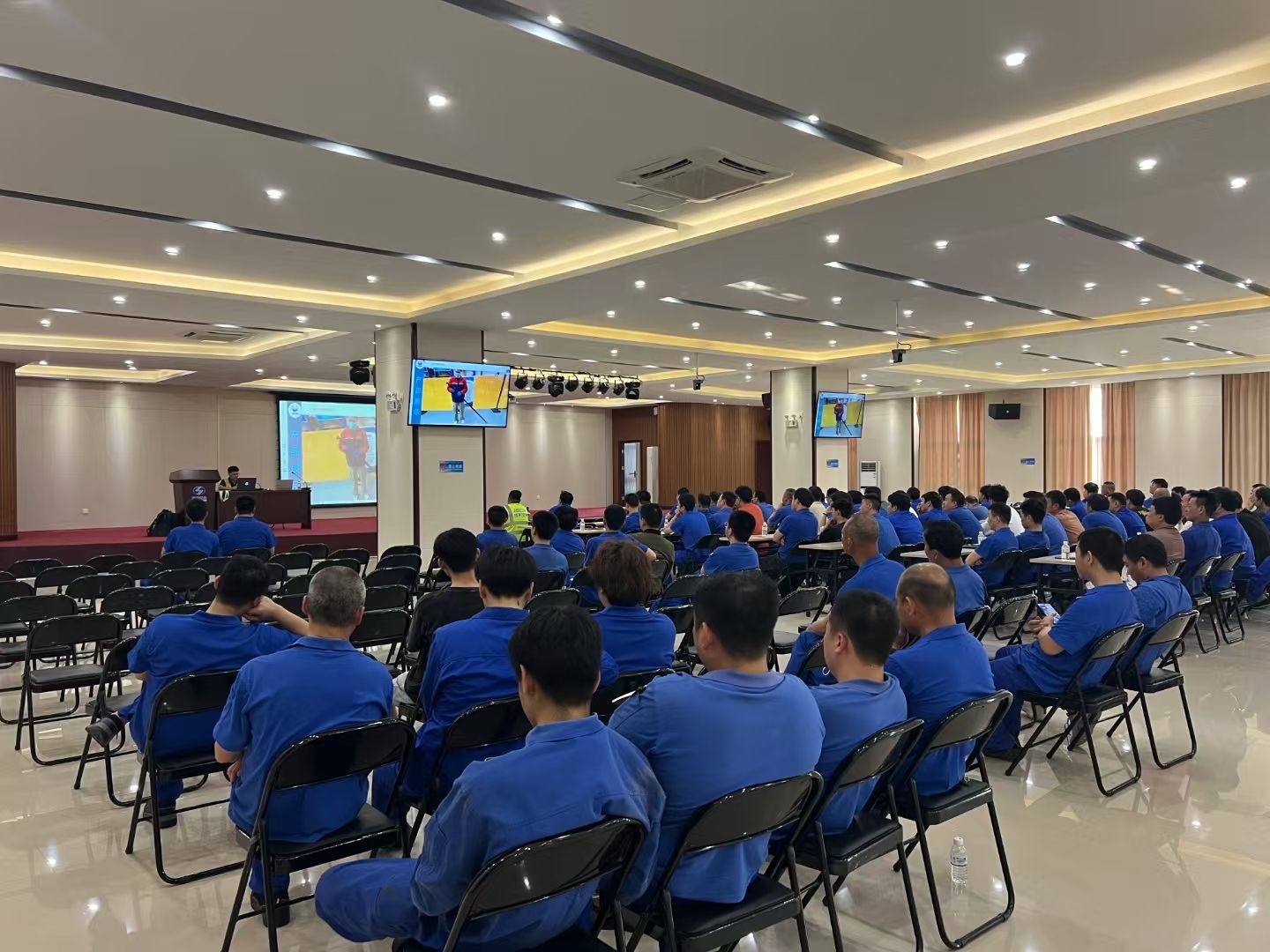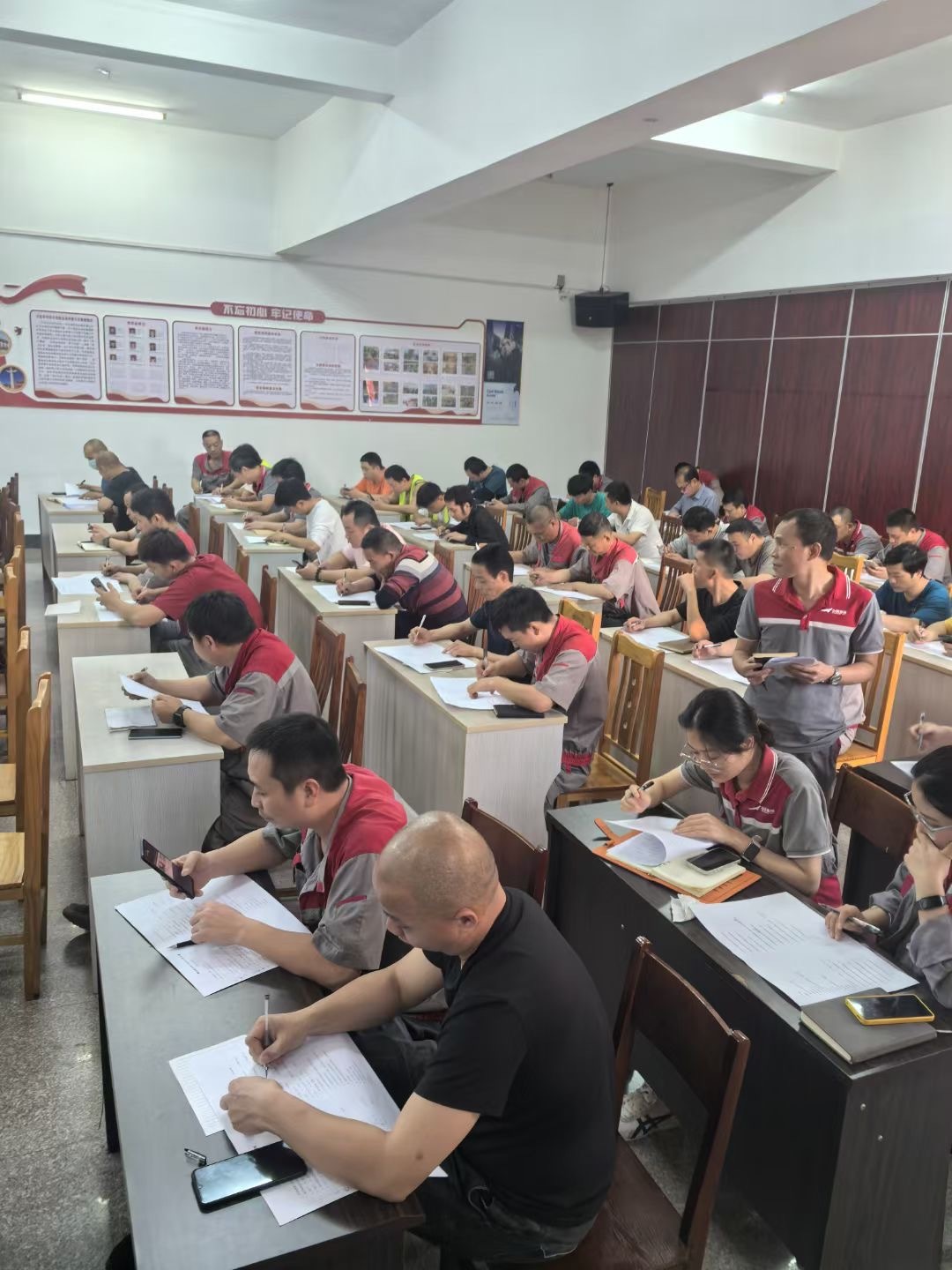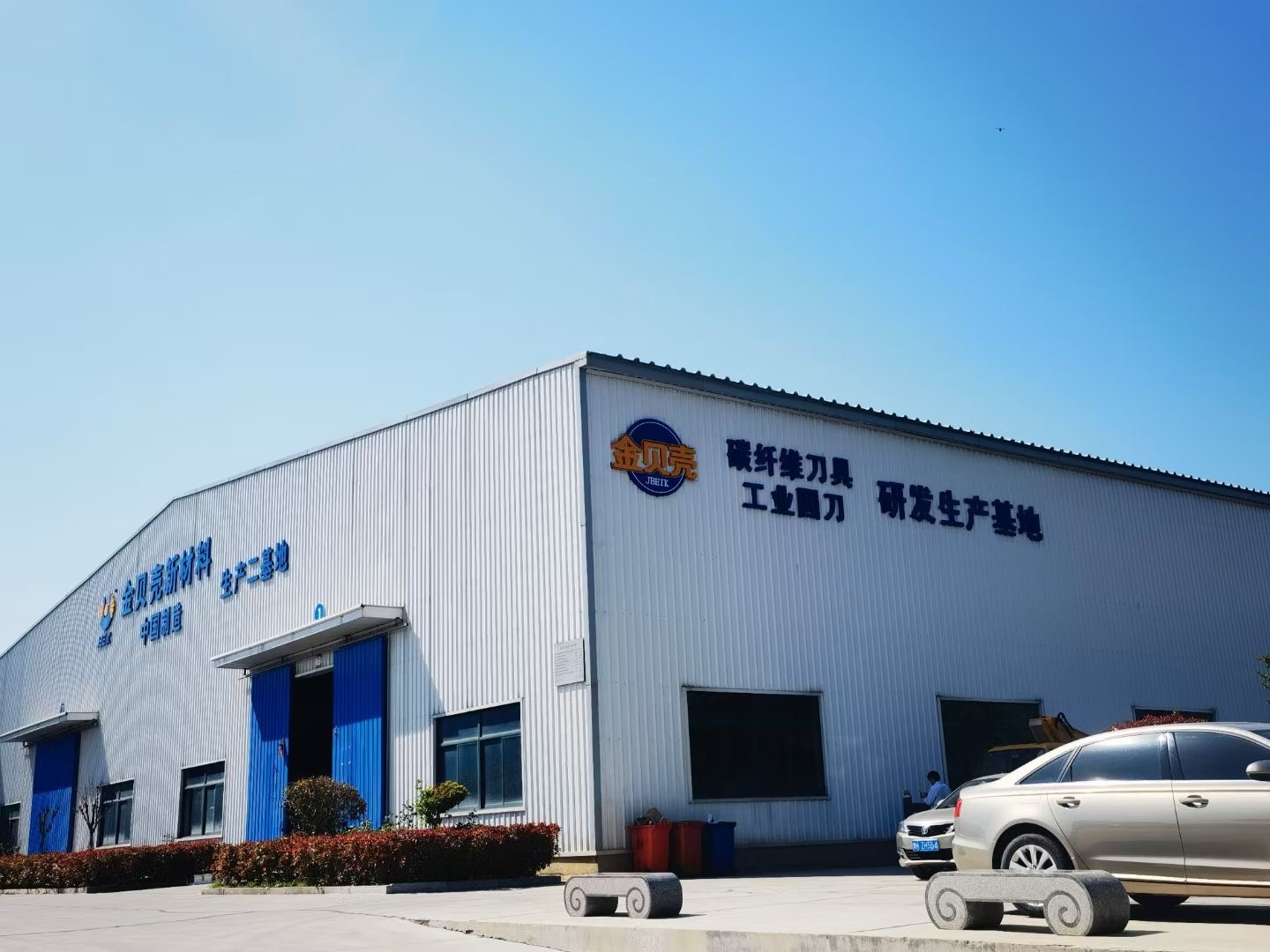Technical characteristics of supersonic spraying
Release time:
2024-08-28
Supersonic spraying has a lower flame temperature (600K-2200K adjustable) than thermal spraying techniques such as plasma spraying and arc spraying.
1) Less heat input. Supersonic spraying has a lower flame temperature (600K-2200K adjustable) than thermal spraying techniques such as plasma spraying and arc spraying. The lower flame temperature ensures that the coating is not oxidized during the spraying process, and the lower flame temperature prevents the deformation of the substrate.
2) higher particle velocity. After the spray particles pass through the barrel, they are usually accelerated to the speed of 3-5 Mach cones, and the particles moving at high speed reach the substrate, collide and deform with the substrate, and form a dense coating. In general, the higher the particle velocity, the better the particle flattening effect, and thus the higher the bonding strength. The flying speed of particles in supersonic thermal spraying technology is obviously better than other thermal spraying technology. In the supersonic spraying technology, the particles are accelerated by the supersonic flame flow, while other thermal spraying technologies make the particles reach the surface of the substrate by means of compressed gas.
3) higher deposition efficiency. Compared with other spray coating preparation techniques, supersonic spray technology can prepare a coating that meets the thickness required for use in a relatively short period of time, while other spray coating techniques usually take several hours to complete.
4) At present, the shortcomings of this technology are mainly concentrated in: it is difficult to apply to the spraying of complex parts; the spraying environment is harsh; the spraying cost is too high.
Key words:
You can also learn more dynamic






